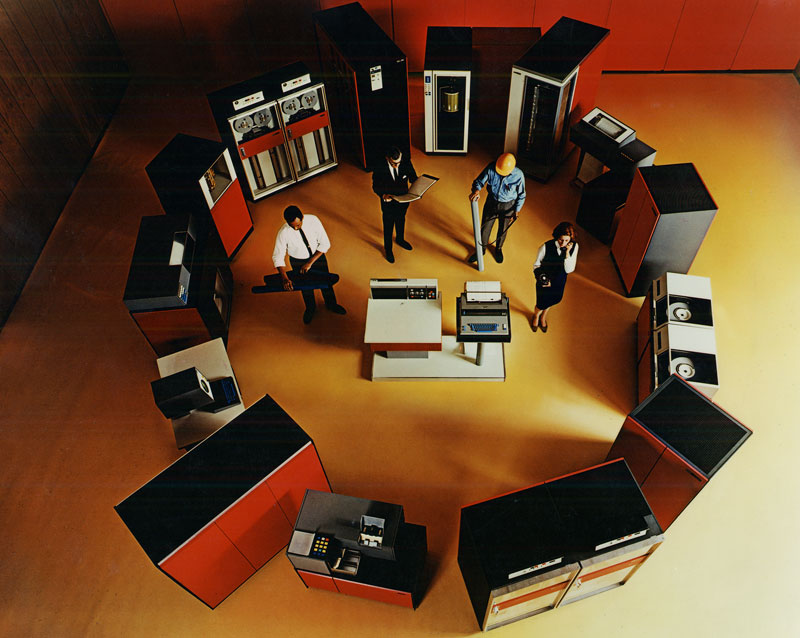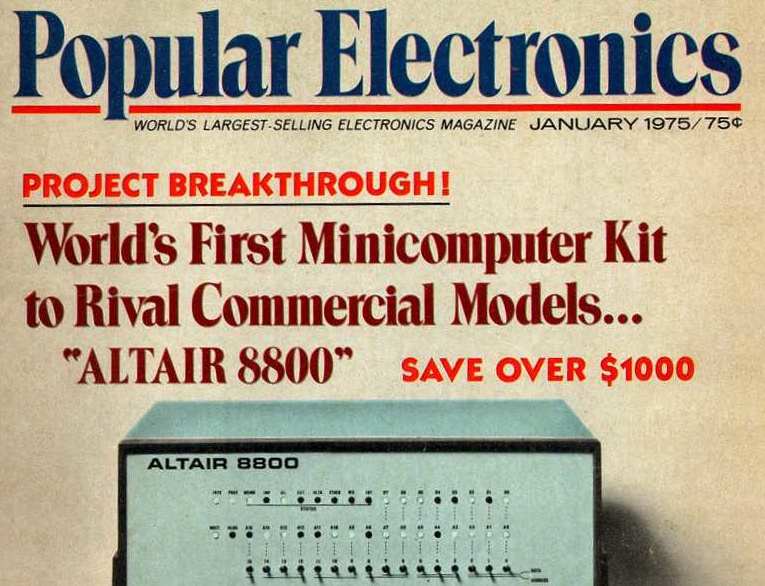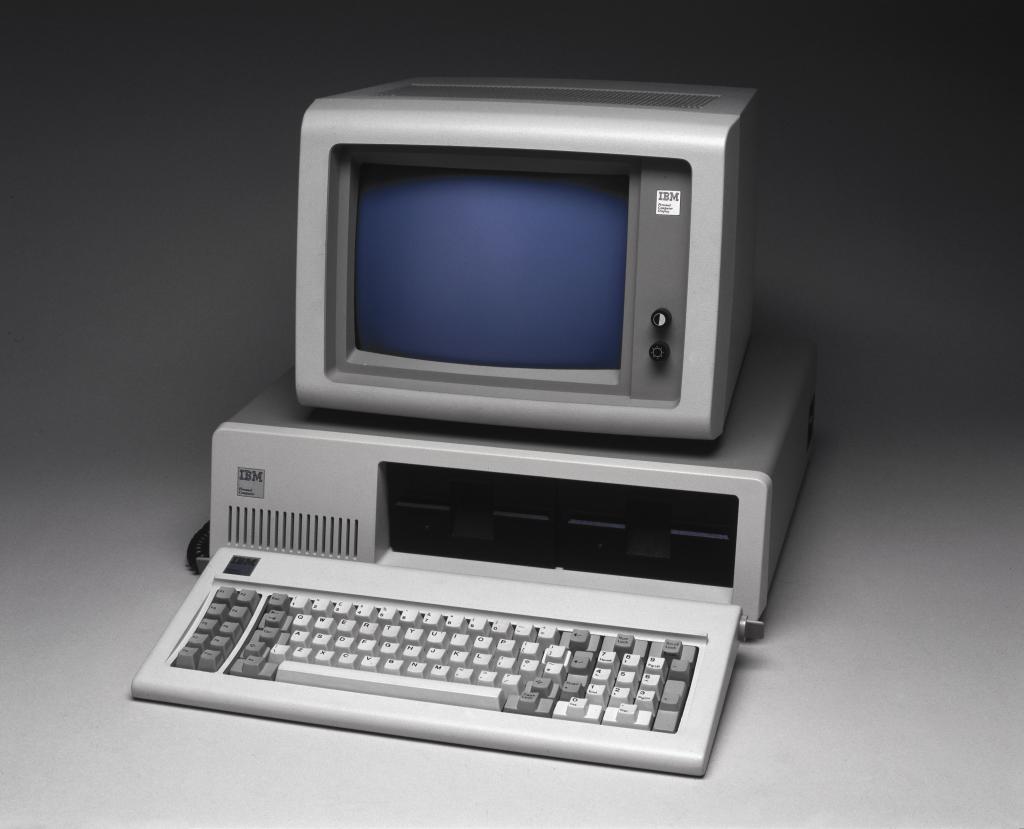The heyday of the era of computer engineering is considered the transition from the production of large electronic computers to the development of the microcomputer segment, or, as they are now called, PC. An assortment of modern "personal computers" users owe a lot to IBM and the principles of open architecture, which guided its developers when creating the iconic IBM PC. Home computers, which they are used to seeing now, have inherited this concept and gained worldwide popularity, ceasing to be the property of electronics and programming enthusiasts. So what is the principle of open architecture?
Prerequisites: computer architectural openness
The period of the 60-70s in the world of computing was marked by the emergence of third-wave electronic computers. Then the industry for the first time moved from creating single computer models to setting up serial production. The undisputed market leader was International Business Machines Corporation. The System / 360 mainframe series she introduced in 1964 was a truly revolutionary solution. It included 6 universal computers, differing in cost and power. The main difference from a number of competing instances is mutual compatibility. Programs or input-output devices of one computer were launched on other products of the series.

Previously, the approach to creating products was different: each model was developed from scratch - with its own processor, programs written for it and a specific package of peripheral devices. This made it difficult to exchange data between machines of different models and entailed costs associated with incompatibility. The concept proposed by IBM, called for the adoption of a standard and reduce the cost of maintenance of low-compatible computers. Later, such unification led to the creation of complementary modules produced by other companies.
Prior to this, users were limited to standard computer configurations. Subsequently, it was modified according to personal needs to solve more problems than laid down by factory presets. Modularity and technical compatibility have become the basis of the principle of open computer architecture.
The first microcomputer based on open architecture
Radio electronics enthusiasts were annoyed: they were expensive, they were used only by organizations, and the people who serviced such machines were considered elected. This led to the fact that among enthusiasts attempts were made to "solder" their own computer. But possession of practical skills in the assembly was not enough. It took at least basic knowledge of programming languages to “start” the assembled machine.

The development of the Altair-8800 microcomputer by MITS in 1974 was a key turning point in history that gave impetus to the era of personal computers. The model was a set of printed circuit boards, enclosed in a plastic box with switches and bulbs. There was no monitor, no keyboard, so familiar in the current sense. But for the public, this model was of considerable interest, since it was sold both assembled and in sets of parts. Such a constructor was accompanied by instructions and a data sheet. The manufacturer’s policy to disclose this information and provide self-assembly capabilities embodies the principle of an open computer architecture. What happened next?
IBM PC as a standard for open architecture principles
Six years after the debut of Altair, the world saw the IBM PC, which became the final stage in the formation of the concept of “personal computer”. Seeing how the market for microcomputers is rapidly filling with competitors like Apple and Commodore, IBM executives decided not to miss the chance and design their own personal staff.
Previously, the company produced the necessary components without resorting to the help of third parties. However, this time there was not enough development time - IBM risked being late and not jumping into the outgoing train. Therefore, the corporation appointed a team responsible for finding new high-performance parts, which only offered the microelectronics market of that time. So, they turned to Intel for a processor, the operating system was offered only by a developing Microsoft company, the printer was taken from Epson, and the monitor from IBM Japan. Corporate efforts created only the keyboard and the final configuration.

The idea of an upgrade was originally laid in the model. Most of the competitive products were static machines, subject to constant obsolescence. Whereas this PC was designed to increase performance. In addition, the developments turned out to be accessible for those who wanted, which gave third-party firms the right to manufacture system and peripheral devices without the need for a license.
Standardization of components, open licensing and free replacement of parts revealed the essence of the principle of open architecture, giving rise to a real boom in personal computers. Since then, the acronym PC has been associated with IBM-PC-compatible microcomputers. In a similar context, this term is used to this day.
Nowadays
The range of personal computers is represented mainly by PCs with an open architecture. Their owners have the right to personally modify the software and hardware. Among the popular brands include:
- Acer
- ASUS
- Dell
- Hewlett-packard;
- Lenovo
Apple computers, by contrast, are a closed type of architecture. The company itself creates components and software, so it is not possible for an ordinary user to improve the Mac. Along with overpriced, this is considered a drawback, which, however, is offset by a guarantee of product quality. Architectural openness, although it suggests the presence of some vulnerabilities, does not pose a threat with proper exploitation. In exchange, the owner gets room for modifications and is free to personalize the PC, based on personal goals and preferences.